Aires Garrido, civil governor of Faro, promoted, between August 1866 and April of the following year, a visit to the entire district, preparing a detailed report, which was sent to higher levels, as determined by the government.
More than 150 years later, revisiting the Algarve at that time is a unique and heartbreaking journey, due to the wealth of details of a region that has already disappeared and, simultaneously, to the caustic portrait of a retrograde mentality. So and after inspecting the councils of Albufeira, Alcoutim, Aljezur, Castro Marim and Faro, where criticism always outweighed praise, we are now accompanying the governor on his visit to Lagoa and Lagos.
On Lagoa, he wrote: «the municipality that heads the town of this name and which today has 705 houses, is one of the richest and most industrious in this district».
Will Lagoa be one of the exemplary municipalities for Aires Garrido? Let us continue to follow his words, as he said that he has “a good municipal building of recent construction, very regular and decent, where, in addition to the house of the chamber and the court of justice, the council's administration is located, the estate, the receiving office, public prisons, the guardhouse, the jailer's residence and the wheel of the exposed».
Today, the small building of the former Paços do Concelho united, at the time, all the town's public offices, including the wheel of the exposed, which would soon be extinguished by the same governor.
The Chamber's budget was balanced, and despite some overdue debts, the revenue was greater than the expenditure and "in everything else the municipality finds itself in very regular administrative conditions."
It is true that officials received modest salaries, "but in harmony with the forces of the municipality", there was a budget for the construction of municipal roads, as well as for other works deemed convenient.
In fact, in the previous decade, several investments had been made, such as the beginning of the paving of the streets, which was now being concluded, but not only. «There was also a market for fish, under very regular conditions», to immediately acknowledge, «in short, this is one of the councils in which there has been good administration and progress, and where I found all the most influential people in the best dispositions of to embrace all practicable improvements, and to contribute effectively to their realization».
The society of Lagos surprised the civil governor positively. As for other public offices, “I also found the state of the notary's offices in regular arrangement, most of the legislation used and bound, and the municipal accounting writing up to date, and this despite being the clerk of the administration who has been doing the work for a long time. of the clerk of the chamber who finds himself unable due to illness».
Difficulties were not a problem there, nor an excuse for the rigor and organization, so appreciated by that zealous administrative magistrate.
At the level of parish councils, the predecessors of parish councils, «I found nothing remarkable (...), except for the delay in presenting the accounts of the parish councils of Ferragudo and Porches, about which I took the necessary steps».
Regarding public health, one of Liberalism's desiderata wrote: «there are cemeteries in all parishes in the county, well situated and completed, except the one in the villa, which is not yet finished, but is fenced and decent, and the town hall has to breast the finish with the desired brevity».
In addition to the completion of the Lagoa necropolis, there were other problems in the municipality that needed to be resolved, such as the school building. «The classroom is bad», however «the chamber was more willing to rent one in better conditions», while he awaited the result of his application to the legacy of Count Ferreira.
However, this was not the only step in favor of teaching, as the local authority was also willing to create an extraordinary bonus for the teacher, «proportioned to the number of students who annually leave school prompt to take a primary education exam in any lyceum of Kingdom". A different understanding of the support for schooling in the municipality of Lagos compared to most of its counterparts in the Algarve, as we have been analyzing.
In the municipality, with 10 094 inhabitants (1864 Census), there were 3 public schools and a private one for boys. Thus, out of a total of 675 boys, 132 attended public education, while 15 did it privately.
As for girls, although the governor did not take note of the presence of a private school, he mentioned that 7 attended it, out of a total of 698. There was no public school for girls.
Two parishes did not have educational establishments, but this did not prevent around 22% of school-age boys from attending them, the highest percentage so far, while only 2,1% of girls did and in paid school. The number of enrolled was practically equal to the regulars, which in the municipalities already analyzed only happened in Faro.
In the territory, there were two Misericórdias, Lagoa and Estômbar. The first had a hospital, with capacity for 8 patients, which was under construction. These were promoted by António Joaquim Pinto, «a poor alveitar, who not only has all the leftovers of his expenses for acts of beneficence, but is continually soliciting alms from the most favored of fortune to go with them to alleviate the sufferings of the helpless widow, of the helpless orphan and the poor infirm».
An attitude greatly valued by Aires Garrido, who, although he recognized the smallness of the new building, was “much superior to what it used to be”.
There was similarly a mutual aid association with 50 “artist” members, as well as a maritime engagement in Ferragudo, with 83 members.
In terms of begging, 202 people survived from begging in the street, while 163 did not do so but lived on public charity, ie around 4% of the municipality's population was extremely poor.
Lagoa had made investments and had not, for that reason, unbalanced the municipal budget. Not only did the village no longer have its unpaved roads, with the inevitable muds in the winter and dust in the summer, it also had a fish market, as well as some city halls modeled for the time.
Not that there were no problems, but the council had an interested and opinionated population, at least the one that occupied public office. Of all the councils visited so far, it was the only one where the governor's praise outweighed the criticism.
Already on Lagos, a port city, the reality could not be more dissimilar: «this is the municipality of the district in which the results of the lack of municipal administration become more sensitive».
Despite considerable income, only a tiny part was earmarked for public improvements, then the debt to creditors was enormous, as were the outstanding debts.
As a result, "the city, which today contains 1:585 houses, 127 more than in 1839, lacks a multitude of material improvements, each more urgent".
The governor recognized "the good house of the chamber, recently built at the expense of a contribution specially designed for this purpose, well finished and the best in the district", which brought together all departments (municipal, administrative and fiscal), with the exception of the court.
The latter was installed in part of the convent of the Carmelites, "in ruins, without the chamber having tried to carry out in it the repairs and improvements that it urgently demands."
Better luck didn't have the cemetery. The city had obtained another national building to install it, but nothing had materialized, in addition to contributing to its deterioration, it not only removed materials for the sidewalks, but it seems to allow individuals to do so too, in such a way that found "in ruins and without any value for any use".
While it is true that Lagos had two cemeteries, one for each of the parishes, none of them met the conditions: «not that of S. Sebastião, due to its insufficiency, nor that of Santa Maria, which is nothing more than the precinct of a church that began to be built in time, but the work was not continued, was used as a cemetery». As a result, the latter was “poorly protected, adjacent to the dwellings” and, as if that wasn't enough, presented “a most disgusting aspect, and more like a site destined to deposit immundicies than to bury the deceased”.
However, there was more: the "plumbing of the only source in the city is so deteriorated that the water cannot be used".
The paving of some streets that the municipality had been carrying out was considered “a largely lost expense”, since rubble is used in its construction, and not gravel, which “the rains will convert into mud and drag to the bay”.
Contributing even more to its already intolerable silting, «to the point that they cannot anchor in it, nor the same fishing boats as the companies in the municipality, whose harbor is the next village of Alvor, belonging to the municipality of Villa Nova de Portimão».
Lagos had completely fallen in love with Aires Garrido, who immediately added: «the streets of the city are mostly filthy, attesting to the complete absence of municipal police», even proposing the destruction of «some old walls that still exist and, as for me, , without any advantage with respect to the defense of the city, give it a melancholy aspect, hinder the construction of new private buildings, preventing ventilation and contributing to make the city less healthy and less accepted». Fortunately, the walls have held, reaching our day.
In terms of steps, that magistrate outlined as a priority the rebuilding of the fountain, "one of the council's most urgent needs."
The installation of the court, in a dignified building, was also considered unavoidable. There being two currents among the Lacobrigenses, carrying out the works in the convent, or rather endowing the town hall with a second floor, Aires Garrido determined that budgets be drawn up for these hypotheses, as well as the analysis by an expert on whether the municipal building could hold the creation of a new floor, «taking into account the purpose for which it is intended, and the circumstance of using to general audiences a great contest of spectators, when it comes to causes that interest the public's curiosity». Alternative that came to triumph.
It endeavored to build a new cemetery, "in a suitable place and with a suitable exhibition and area", when the one "of S. Sebastiao cannot or should not be added", as well as other improvements "material, hygienic and acceptable in the City".
The Chamber was committed to complying with them, and was even willing to take out a loan for this purpose, as well as asking for government assistance for "several measures that are within its exclusive competence", which did not please Aires Garrido.
In his opinion, the mayors were not competent, neither to provide the council with the necessary improvements, nor to continue in its management, «in view of the serious accusations that weigh on them, and which are already present to Your Majesty's government with the information and documents that prove the abuses committed by them”, for what he proposed, nothing more than “the dissolution of the same chamber”. A radical proposal and until now unprecedented in the studied municipalities.
The budgets were under analysis since 1843-44, some in the civil government, others in the Court of Auditors and still others to be presented “with the mandate of legal procedure”.
Despite considering the "scripting" regular, the governor did not fail to remember that there were "founded reasons to doubt its accuracy", even because "discovering that in the possession of the chamber treasurer there was a large sum, coming from discounts made to employees administrative and municipal, for payment of gracious rights, some so old that they are already deceased», intimidated the president and the treasurer who would deliver that money to the county's receiving office and report the event to the competent instances.
Finally, an incompetent administration that harms the public interests, or, as we would say today, corrupt, was what Aires Garrido found in the Câmara de Lagos.
In the parishes, of the five existing ones, «only that of S. Sebastião has its accounts launched until 1863, that of Santa Maria until 1860 and that of Odiaxere until 1838; and of the remaining two there is not a single account to be examined and judged». Budgets that were not approved in the Chamber, as determined by law, but in the “ordinary of the bishopric”. In the three rural parishes, cemeteries were tolerable.
An unflattering portrait of the Lacobrigensian authorities. But there was one exception, the local comarca was the only one in the Algarve that carried out «accounting for the fulfillment of the worst perpetual legacies».
The Misericórdia managed the hospital, with a capacity of 14 patients, it was in a poor state of repair. There were also mutual aid associations with 221 "artist" members and a maritime commitment with 335 members.
In the county, 18 people survived by begging in the streets, while 19 lived on public charity, without asking for alms. Thus, and since 10 953 inhabitants lived in the county (1864 Census), only 0,34% of the population was extremely poor. The lowest rate among all counties inspected so far. But was that data real? It is a pertinent question that we do not know, for the time being, to answer.
In terms of education, from a total of 1 162 boys and 1 girls, 216 boys and 60 girls regularly attended two public schools, to which 46 boys were added in 115 private schools and 2 girls in 120 of the same nature.
Private schools had more students than public schools and overall, 15% of boys and about 14% of girls attended the first few letters. Among the payments, one was at night and another by the regiment, which received civilians (non-military).
However, four parishes lacked educational establishments.
Lagoa and Lagos couldn't be more antagonistic, even though they boasted the best Paços do Concelho in the region. In Lagoa, the civil governor praised the administrative bodies innumerable, while in Lagos the criticism reached its peak, with the governor calling for the dismissal of the mayors for incompetence and corruption.
On the other hand, Lagos was one of the councils with the least poverty and the highest number of private schools, standing out in the regional context. If politicians were inept, local society was luckier and valued education equally.
However, other councils and evaluations awaited Aires Garrido in that Algarve of 1867, as we will see next week.
(Continued)
Author Aurélio Nuno Cabrita is an environmental engineer and researcher of local and regional history, as well as a regular collaborator of the Sul Informação.
Note: In the transcripts, the spelling of the time was maintained. The images used are merely illustrative and correspond to illustrated postcards from the last decade of the XNUMXth century and/or early XNUMXth century.
Read also the first two parts of this article:
The Algarve in 1867 or a devastating portrait of the Algarve and the region – I
The Algarve in 1867 or a devastating portrait of the Algarve and the region – Castro Marim and Faro
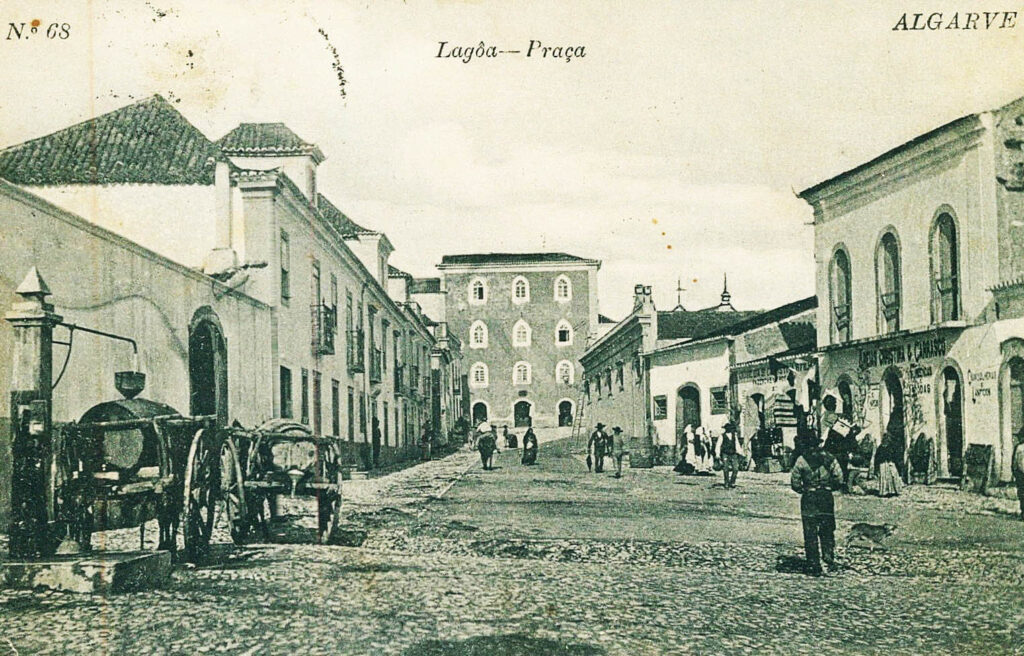
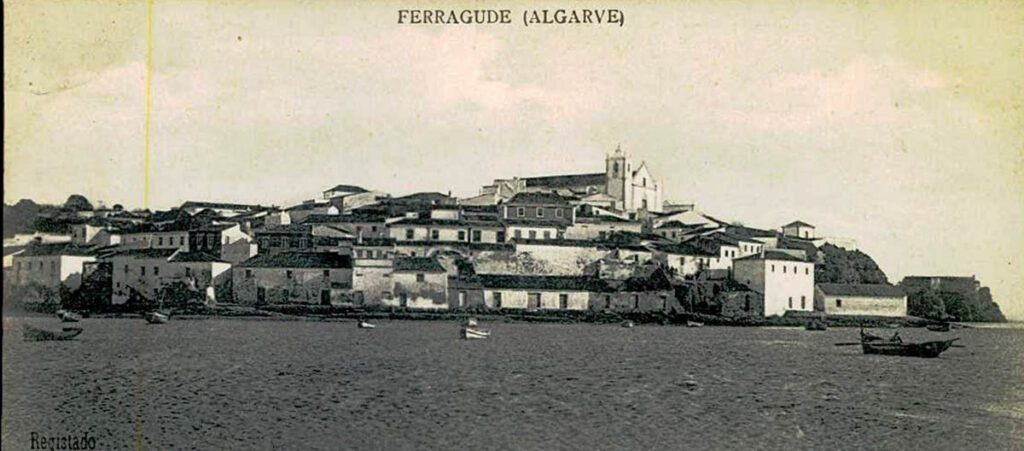
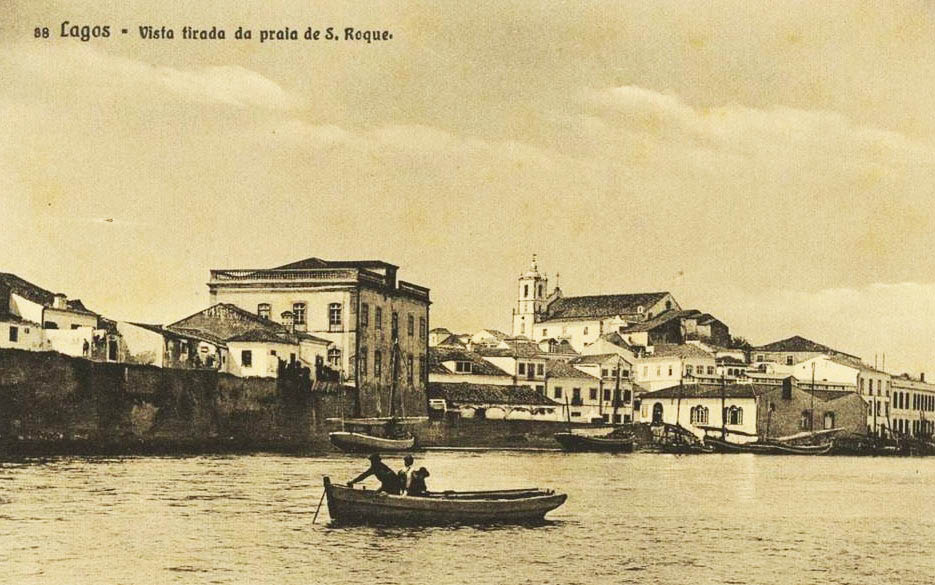
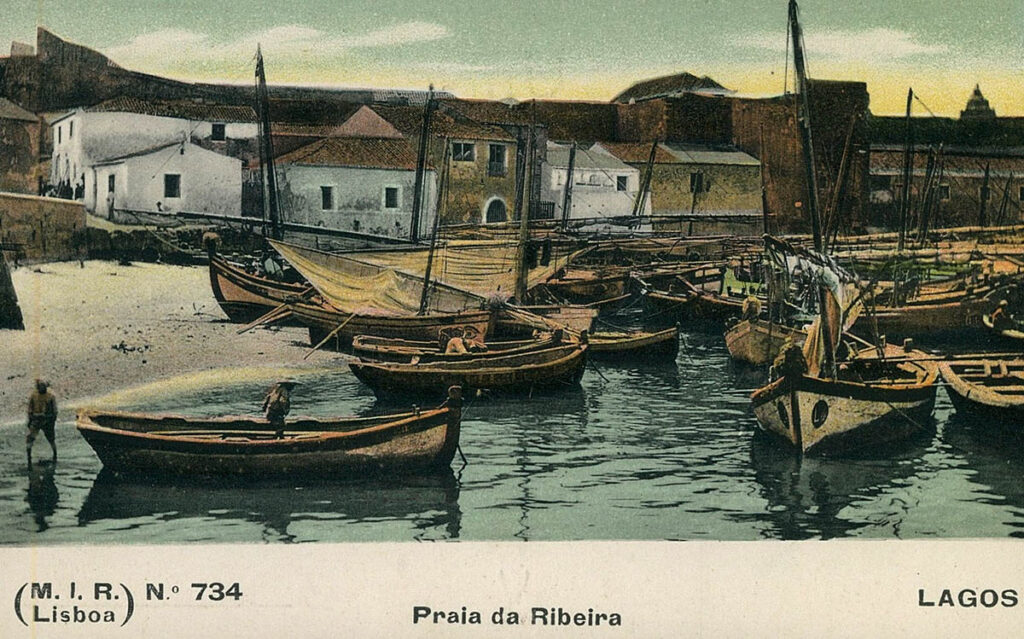
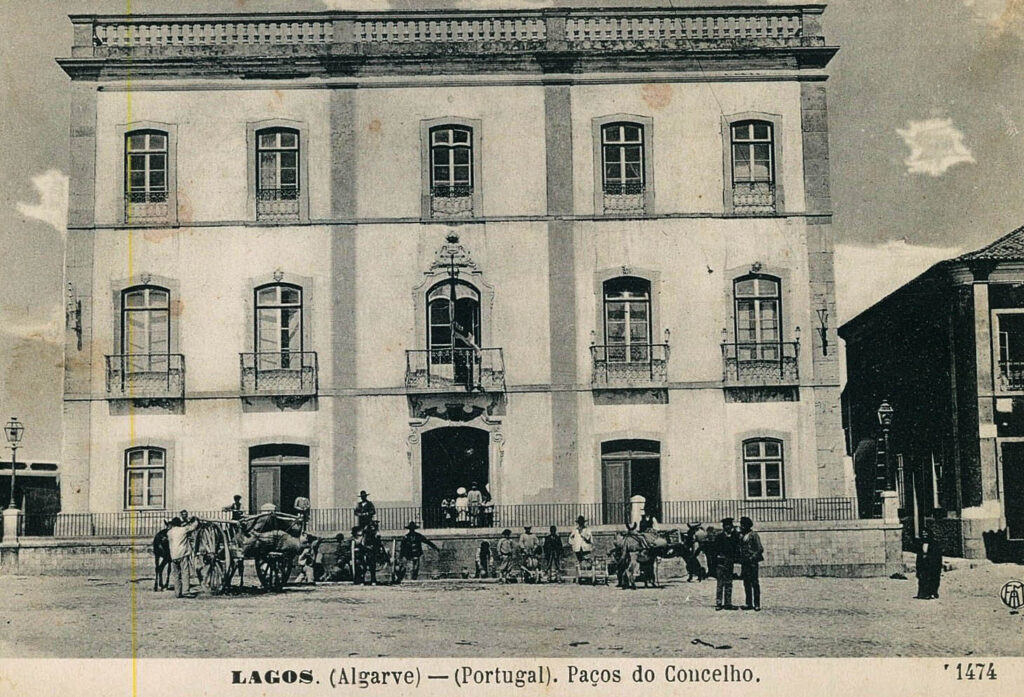
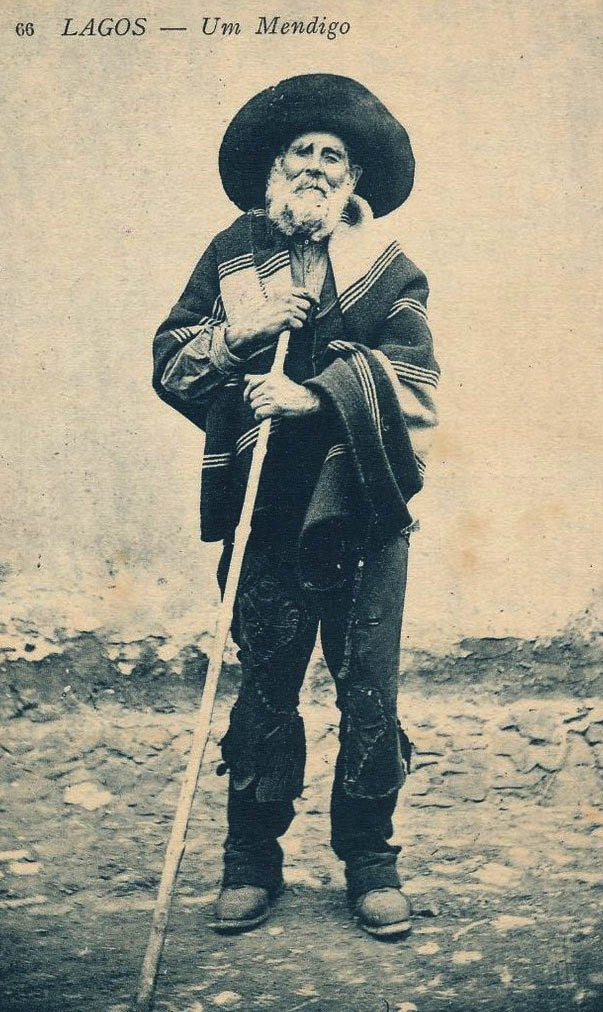



















Comments